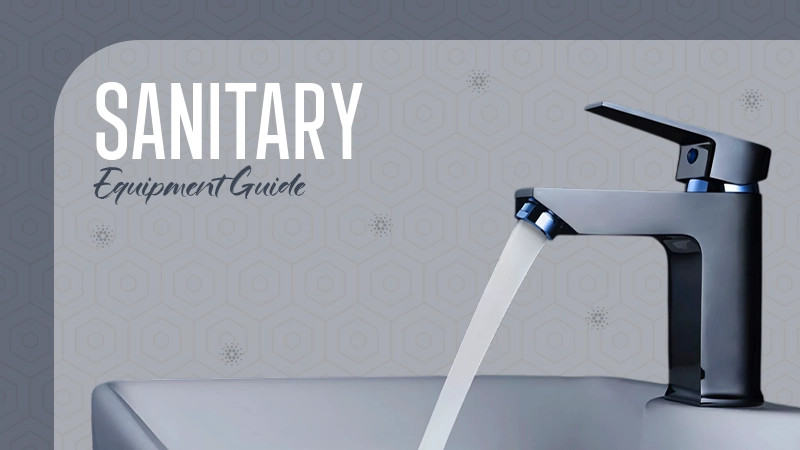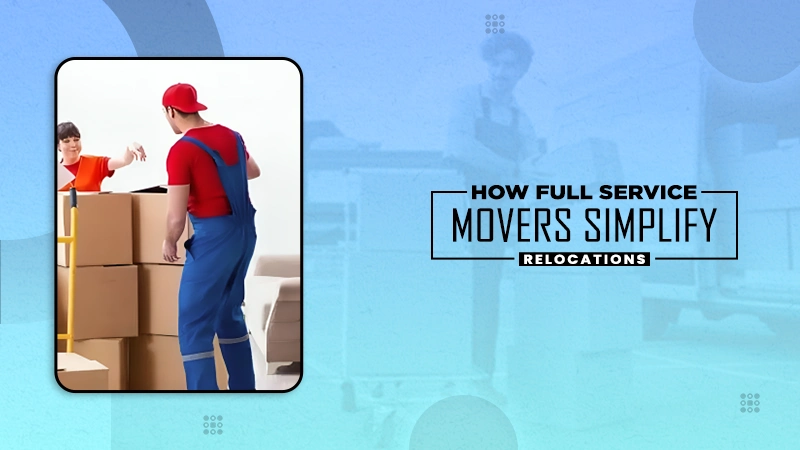
Congratulations! Congratulations! Many Congratulations!
Buying a new home is an incredible experience filled with a unique sense of joy and possibilities. This exhilarating time can quickly become a bit demanding and stressful when it comes time to pack everything up, sign the documents that the bank provides, and figure out the logistics of making the move.
Success in the transition of moving does not have to be so stressful. When you intend to make a smooth transition, it’s simply a matter of approaching the entire process with well-thought-out planning and preparation.
By putting a clear and organized plan together, you can plan to avoid chaos and anxiety. Continue reading to learn how to go through the essential things about moving the right way, and optimize what might have been a stressor into a smooth, easy, and happy new beginning.
KEY TAKEAWAYS
- Construct an extensive timeline near the schedule of when to complete tasks and reduce stress.
- Use the most appropriate materials and methods to carefully pack and protect all your fragile items.
- Think ahead about utilities and schedule to get everything to your new home.
- Always do a thorough one-hour walk-through to test and check all essential systems in your new home.
Create a Clear Moving Timeline
Your move involves a whirlwind of tasks. That’s when a timeline runs out to be your savior. You need structure to prevent chaos. Imagine of yourself as a project manager who sets deadlines, making sure everything comes with a schedule.
Start earlier for peace of mind. Too late, and it will be chaos. It’s a race ahead of time. It is one you must dominate.
A few unforeseen incidents are normal. Delivery delays. Personal emergencies. Weather disturbances. They can all transform your timeline.
DIY or Professional Mover?
Some people go along the DIY route. A DIY move can be a clever way to manage your budget. It does demand a good chunk of time and effort on your part. Your most important tool will be your trailer. You require one you can count on.
A renowned trailer brand is built to handle heavy loads safely. Its solid construction mitigates sway and shift while you drive. This stability keeps your furniture and boxes secure from one point to another.
Hiring professional movers is a substitute. This works best for those who need to shift their belongings over long distances. It comes at a cost, but you are taking advantage of the mover’s equipment and expertise in return.
Prepare and Protect Fragile Items
Fragile items face constant movement during a move. Plates and glasses can easily chip or shatter. Picture holders may crack. Electronics suffer from vibrations. Internal components may fall apart. A single sudden stop may lead to damage. These appliances are vulnerable to pressure and impact.
- Use the Right Materials: Flimsy boxes will fail. Go for double-walled cardboard. Then put each item in a bubble wrap or packing paper.
- Create Cushions: Layer the bottom part with comforting blankets. Packing peanuts also works, after that add another layer between fragile items and on top.
- Pack Items Tightly: Gaps enable objects to shift and collide during transit. Fill empty spaces with crumpled paper.
- Add Visible Labels: Mark boxes with “FRAGILE” on all sides if they contain items prone to breakage. Add “THIS SIDE UP” on each container.
- Load Fragile Boxes Last: They should be the final items kept in a container or vehicle. Put them on top of other goods to significantly reduce the possibility of breaking.
Notify Key Contacts and Update Documents
You may be too preoccupied with all the packing and forget to remind critical parties about your impending move. An address change is more than a mail forwarding request. It’s an organizational task with financial and legal implications.
Start with financial institutions. Update your address with credit card companies, banks, and loan providers. Inform your insurance carriers. Contact government services to modify your driver’s license and voter registration.
Don’t forget scheduled services. Change your address for magazine subscriptions and loyalty programs. Send your new details to lawyers and doctors. Inform schools about your relocation. This can save you future headaches.
Plan Utilities and Home Services in Advance
Walking into a dark, divided house deflates the excitement of move-in day. Proactive planning prevents this. Set up your utility transitions for a seamless handover.
Contact your current service providers. Arrange disconnection for the day after you move out. This provides you a buffer. Call new contractors in your city. Schedule activation for the day before you arrive. Focus on essential services first, such as water, electricity, and gas. They are non-negotiables. Internet installation often depends on advanced booking.
Confirm all appointments a week prior and keep customer service numbers handy. This thought transforms your first day. You will step into a functional, welcoming home ready for unpacking.
Conduct a Walkthrough Before Moving In
You will forget things in the rush and enthusiast to finally move into your new place. Spare an hour of your time to make sure everything is in good condition.
Flip every switch, room by room. Is there a weird buzz? Test every power outlet with your phone charger. Now check the water. Turn on all the sinks and showers. Is the pressure appearing to be weak? Flush every toilet. Listen for any strange sounds.
Don’t forget the big stuff. Crank up the heater for five minutes. Then shut down the air conditioning. Make sure cold and hot air properly come out. Open and close all the windows. Do they lock securely? Go under the sink. Look for leaks. Damp spots may be hiding.
Ready to Move In?
You have done the work. The packing, the planning, and the careful coordination. It all leads here. Your new home is no bigger than a future goal. It’s your present reality. Your thoughtful actions built this smooth transition.
Now, take a deep breath to unpack that final box at your own pace. Settle in. Your fresh beginning is not just waiting. It has officially begun. Welcome home. Celebrate this exceptional achievement. You earned it!
How early should I create a planning timeline?
You should make a point to start planning and your phase-by-phase moving timeline at least eight weeks before your moving date.
What are some best practices to reduce damage to fragile items?
The best practice is a combination of double-walled boxes, tightly wrapped bubble wrap, and packing paper around each item, and filling in any empty space in the box.
When is the best time to schedule utility connections at the new home?
You should schedule utility connections the day prior to your arrival, if possible.
Is it worth it to hire movers or moving helpers for a short, local move?
Yes, even for a local move, there is still significant value in having professional movers move you since you don’t need to worry about labor, the heavy lifting tools involved, or insuring your items.





